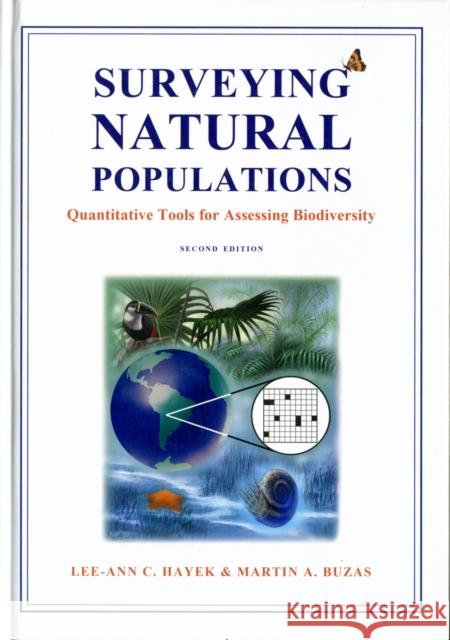Surveying Natural Populations: Quantitative Tools for Assessing Biodiversity » książka
topmenu
Surveying Natural Populations: Quantitative Tools for Assessing Biodiversity
ISBN-13: 9780231146203 / Angielski / Twarda / 2010 / 616 str.
Surveying Natural Populations is a user-friendly primer to the essential methodologies of quantitative field ecology or paleoecology. Combining the intuitive methods of the field researcher with the mathematical precision of the statistician, the volume determines, through real biodiversity and ecological examples, the necessary measures for a complete community assessment while clarifying the confusions between biological and statistical terminology. Focusing on underlying mathematical concepts, it describes how to complete incrementally a quantitative sampling of any recent or fossil population.
The first half of Surveying Natural Populations explains the fundamentals of ecological assessment. Employing a single data set throughout, initial chapters navigate such topics as estimating densities, relative abundance, occurrences, the determination of adequate sample sizes and field sampling schemes. The second half covers the newest advances in biodiversity measurement. Through the use of information mathematics and decomposition, the authors mathematically examine the relationship among a number of proposed diversity indices and discard inappropriate measures. What remains is a simple, all-encompassing system called SHE analysis, in which species density, richness, information, and evenness are all shown to be related explicitly. This biodiversity data is then integrated into a simple graphic, a plot called a biodiversitygram, which provides the researcher with a cohesive descriptive and inferential tool to assess any community's biodiversity.










